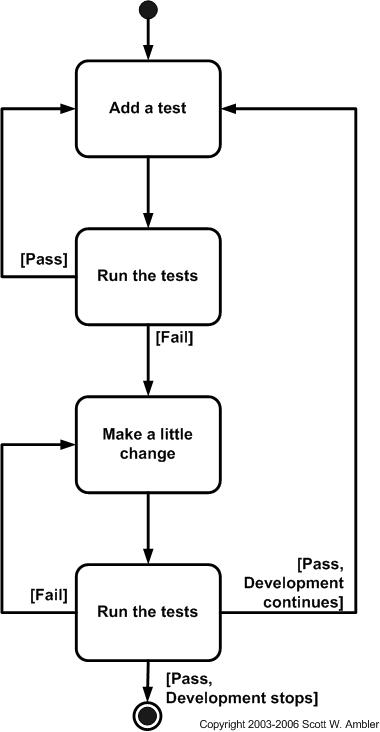TDD vs BDD, or maybe Unit Testing? Which approach is the best for testing automation? Which practice is optimal for creation of up-to-date project documentation? What is BDD and how it differs from TDD, other software development practices? Today developers everywhere frequently ask themselves these challenging questions.
To help programmers navigate through these concepts and feel less confused comparing them let’s take a brief look at all of the mentioned approaches with the focus on the latest BDD notion.
Unit Testing
Unit testing is usually used to test a single function. Developers thus create many unit tests to test individual functions. It is obligatory that unit tests are simple and quick both to write and run. The more unit tests are executed the higher chance you catch all the bugs in your code. Unit testing is very helpful when developers need to change the code. It ensures that the existing code will not be broken when adding any other pieces of code into it.
TDD
Test-driven development (TDD) is a software development practice that uses an approach of firstly writing a test which fails before adding a new piece of functional code and refactoring.
In short TDD scenario can be presented in the following scheme:

Test-driven development works perfectly with unit tests. Developers also use it for other methods. There are no special requirements to using TDD or any syntax to learn needed.
BDD
BDD or behavior-driven development has recently become sort of a ‘wow’ term in software development community. Why? Because it is a new methodology, which focuses on what an object, method or a thing does, its behavior. It also better supports business-centric frameworks. The most popular BDD frameworks used by effective developers worldwide are Cucumber, JBehave, Easyb, Concordion.
Behavior-driven development approach can be represented with the following scenario:

TDD vs BDD
BDD or behavior driven development differs from TDD (test-driven development) in the way that it better combines business language (requirements) with testing (unit tests). BDD lets organizing software development documentation in a more efficient, more business-like way. Thus business analysts can access information needed much faster and stakeholders see changes implemented much better.
Unlike TDD BDD introduces additional details in unit tests. Developers benefit from BDD in the way that it explains them how to test, focusing not on the test implementation but on test behavior instead.
Conclusion
To answer the “TDD vs BDD” question let’s summarize the benefits of behavior-driven development approach first. BDD gives developers the answer to ‘how’ to do software development, while TDD answers the ‘when’. Unit testing then provides the answer to ‘what’ to do and test. However, the most common advice from fellow developers and the best option would be to combine BDD with all of the mentioned approaches. This will help to ensure the most complete bug coverage of your code.
The Adoriasoft team is responsible for development of multiple projects at a time and creation of up-to-date documentation for our clients. That’s why we opted to use BDD framework (Cucumber) in combination with test-driven development to ensure getting a perfect and stable code. Contact us today to order custom software development services for your project!
